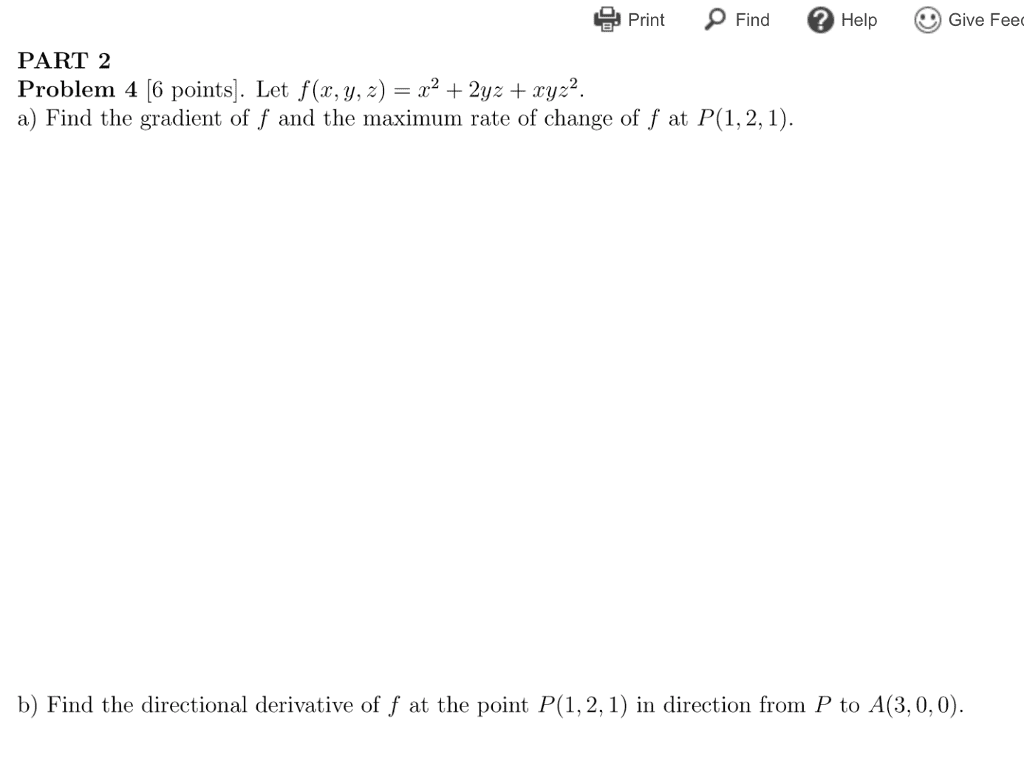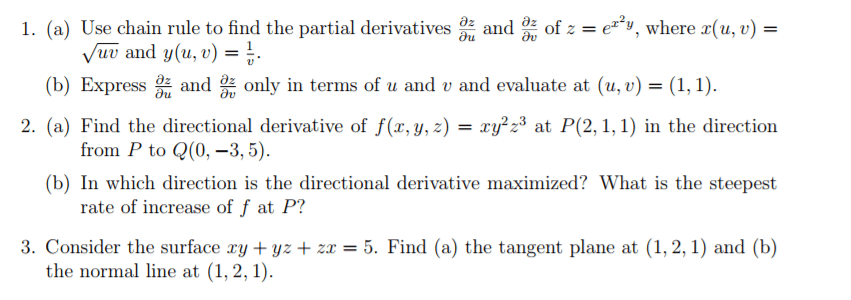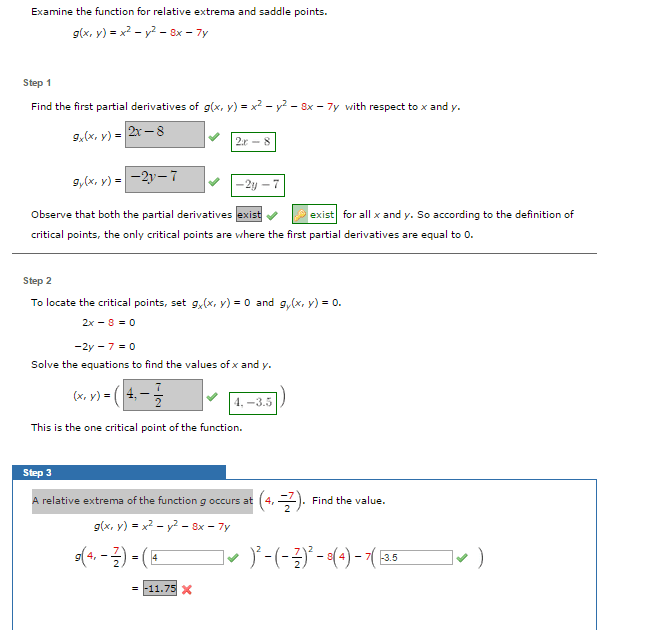MATH 1680 Lecture Notes - Lecture 1: Partial Derivative, Production Function
Document Summary
A plane can be approached from an infinite amount of directions. We can make restrictions to study the rate of change at two preferred directions. First partial derivative of f with respect to x (cid:1875)(cid:1870)(cid:1872)(cid:1872)(cid:1857)(cid:1866) (cid:1853)(cid:1871) (cid:1856)(cid:1878)(cid:1856)(cid:1876)(cid:4666)(cid:1853),(cid:1854)(cid:4667) (cid:1867)(cid:1870) (cid:1856)(cid:1858)(cid:1856)(cid:1876)(cid:4666)(cid:1853),(cid:1854)(cid:4667) (cid:1867)(cid:1870) (cid:1858)(cid:3051)(cid:4666)(cid:1853),(cid:1854)(cid:4667) When (cid:1876)=(cid:1853) (cid:1853)(cid:1866)(cid:1856) (cid:1877)=(cid:1854) (cid:1856)(cid:1858)(cid:1856)(cid:1876)|(cid:4666)(cid:3028),(cid:3029)(cid:4667)=(cid:1858)(cid:3051)(cid:4666)(cid:1853),(cid:1854)(cid:4667: find the partial derivatives (cid:2206) (cid:2207) of the function (cid:4666)(cid:2206),(cid:2207)(cid:4667)=(cid:2206)(cid:2779) (cid:2206)(cid:2207)(cid:2779)+(cid:2207)(cid:2780) The rate of change of function f in the x direction at the point (cid:4666)(cid:883),(cid:884)(cid:4667) The rate of change of the function f in the y direction at the point (cid:4666)(cid:883),(cid:884)(cid:4667) (cid:1858)(cid:4666)(cid:1876),(cid:1877)(cid:4667)=(cid:1876)(cid:2870) (cid:1876)(cid:1877)(cid:2870)+(cid:1877)(cid:2871) Differentiate the resulting function of y with respect to y. Cobb douglas production function (cid:1858)(cid:3052)(cid:4666)(cid:883),(cid:884)(cid:4667)=(cid:1856)(cid:1858)(cid:1856)(cid:1877)|(cid:4666)(cid:2869),(cid:2870)(cid:4667)= (cid:884)(cid:4666)(cid:883)(cid:4667)(cid:4666)(cid:884)(cid:4667) (cid:885)(cid:4666)(cid:884)(cid:4667)(cid:2870)=8 (cid:1858)(cid:4666)(cid:1876),(cid:1877)(cid:4667)=(cid:1853)(cid:1876)(cid:3029)(cid:1877)(cid:2869) (cid:3029) (cid:1858)(cid:3051) is the marginal productivity of labor. (cid:1858)(cid:3052) is the marginal productivity of capital. Commodities if a decrease in the demand for one result in an increase in the demand for the other. If it decreases and the other decreases as well, they are complementary commodities.




